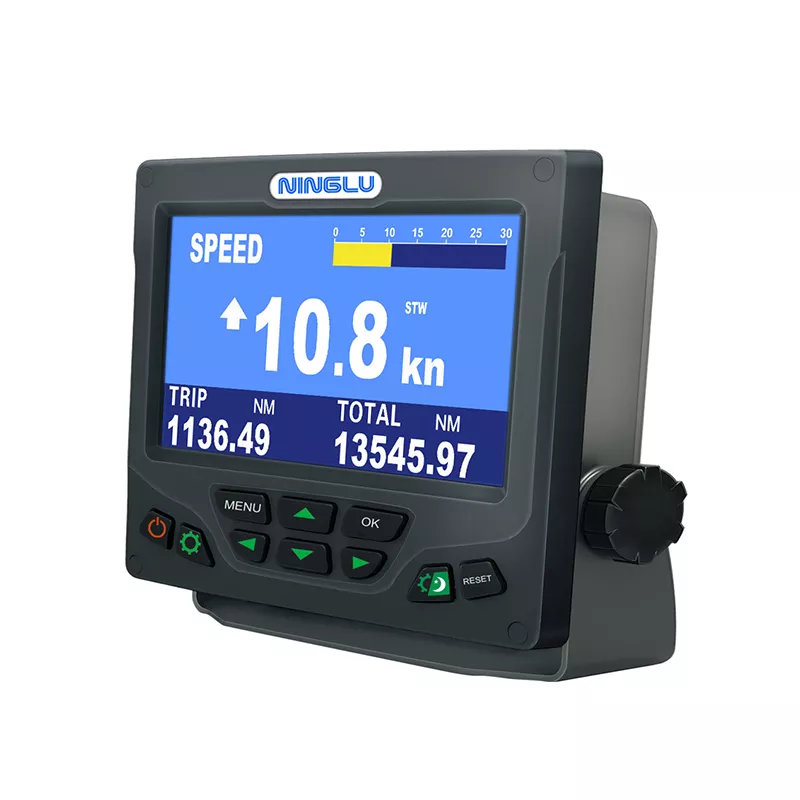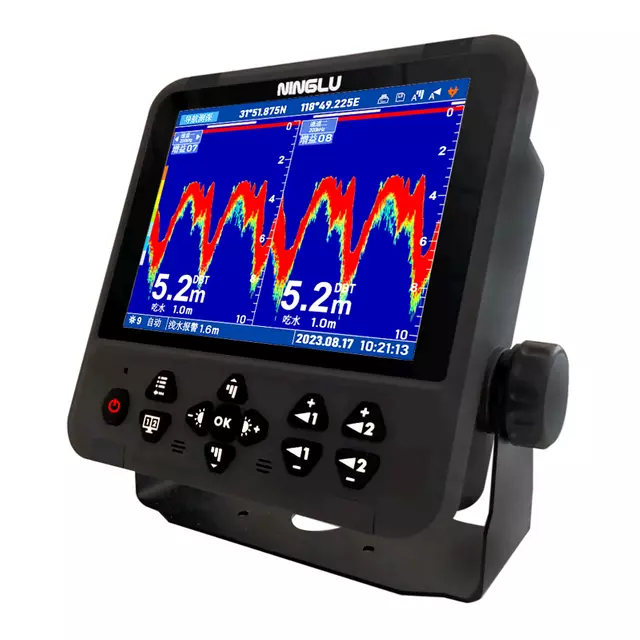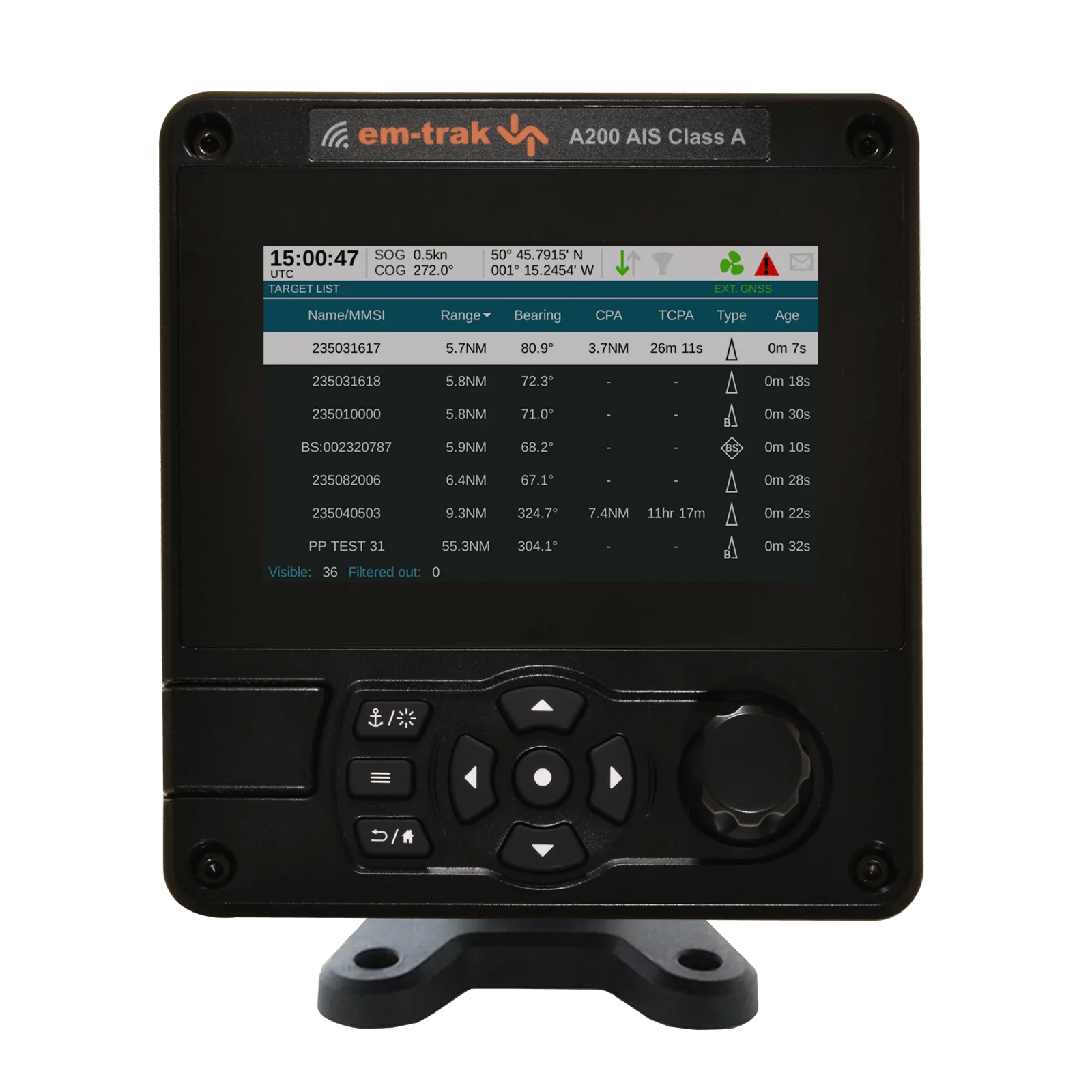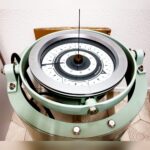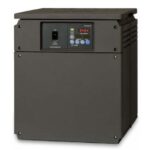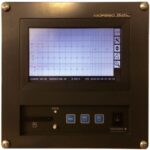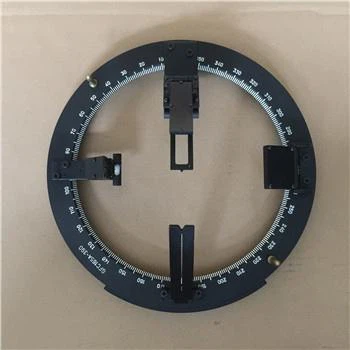Echosounder
An echosounder, also known as a depth sounder or fishfinder, is a device used to determine water depth and locate underwater objects. It utilizes sound waves to measure distances underwater, making it essential for marine navigation, fishing, and underwater mapping. Below are some frequently asked questions (FAQs) about echosounders:
| Question | Answer |
|---|---|
| What is an echosounder? | An echosounder is a device used to measure water depth and detect underwater objects by transmitting sound waves and receiving their echoes. |
| How does an echosounder work? | An echosounder transmits pulses of sound waves (sonar signals) into the water. These waves bounce off the seafloor or objects underwater and are then received back by the echosounder. The time it takes for the echo to return is used to calculate water depth and detect objects. |
| What are the types of echosounders? | Common types include single-beam echosounders, multibeam echosounders, and side-scan sonars. Each type has different capabilities and applications, ranging from shallow water surveys to deep-sea mapping. |
| Where are echosounders used? | Echosounders are used in various marine applications, including navigation for ships and boats, hydrographic surveys, fisheries management, seabed mapping, and research expeditions. |
| What units are used to measure depth with an echosounder? | Depth measurements from echosounders are typically displayed in meters (m) or feet (ft), depending on the settings and geographic location. |
| Can echosounders detect fish? | Yes, some echosounders, particularly fishfinders, are designed to detect underwater fish schools and individual fish by analyzing the echoes and displaying them on a screen. |
| How accurate are echosounders? | The accuracy of echosounders depends on factors such as the frequency of sound waves used, water conditions, and calibration of the device. High-frequency echosounders generally offer higher resolution and accuracy. |
| What are the benefits of using an echosounder? | Echosounders provide real-time depth information, improve navigational safety, assist in finding fishing grounds, support underwater research, and contribute to the mapping of underwater terrain and geological features. |
| Are echosounders affected by water conditions? | Yes, water conditions such as salinity, temperature, and turbidity can affect the performance and accuracy of echosounders. Calibration and adjustment may be necessary in different environments. |
| What maintenance is required for echosounders? | Echosounders require regular maintenance, including cleaning of transducers, software updates, and calibration checks to ensure accurate performance and reliability. |
| Can echosounders be used in shallow and deep waters? | Yes, echosounders are versatile and can be used in both shallow coastal waters and deep oceanic environments, depending on the specific model and application. |
Conclusion
Echosounders are indispensable tools for marine navigation, fishing, and scientific research, providing essential data on water depth and underwater structures. By utilizing sound waves to map the seabed and detect submerged objects, echosounders enhance safety, efficiency, and knowledge in marine environments.


